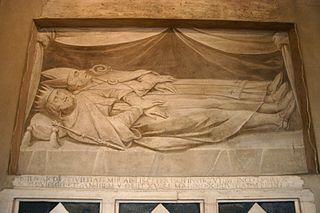The 810s decade ran from January 1, 810, to December 31, 819.
The 820s decade ran from January 1, 820, to December 31, 829.
The 830s decade ran from January 1, 830, to December 31, 839.
The 840s decade ran from January 1, 840, to December 31, 849.
The 860s decade ran from January 1, 860, to December 31, 869.
The 790s decade ran from January 1, 790, to December 31, 799.
The 760s decade ran from January 1, 760, to December 31, 769.
The 700s decade ran from January 1, 700, to December 31, 709.
The 670s decade ran from January 1, 670, to December 31, 679.
The 680s decade ran from January 1, 680, to December 31, 689.

Year 635 (DCXXXV) was a common year starting on Sunday of the Julian calendar. The denomination 635 for this year has been used since the early medieval period, when the Anno Domini calendar era became the prevalent method in Europe for naming years.

Year 745 (DCCXLV) was a common year starting on Friday of the Julian calendar. The denomination 745 for this year has been used since the early medieval period, when the Anno Domini calendar era became the prevalent method in Europe for naming years.

Year 759 (DCCLIX) was a common year starting on Monday of the Julian calendar. The denomination 759 for this year has been used since the early medieval period, when the Anno Domini calendar era became the prevalent method in Europe for naming years.

Year 766 (DCCLXVI) was a common year starting on Wednesday of the Julian calendar, the 766th year of the Common Era (CE) and Anno Domini (AD) designations, the 766th year of the 1st millennium, the 66th year of the 8th century, and the 7th year of the 760s decade. The denomination 766 for this year has been used since the early medieval period, when the Anno Domini calendar era became the prevalent method in Europe for naming years.

Year 796 (DCCXCVI) was a leap year starting on Friday of the Julian calendar, the 796th year of the Common Era (CE) and Anno Domini (AD) designations, the 796th year of the 1st millennium, the 96th year of the 8th century, and the 7th year of the 790s decade. The denomination 796 for this year has been used since the early medieval period, when the Anno Domini calendar era became the prevalent method in Europe for naming years.

Year 818 (DCCCXVIII) was a common year starting on Friday of the Julian calendar.

Year 835 (DCCCXXXV) was a common year starting on Friday of the Julian Calendar.

Year 702 (DCCII) was a common year starting on Sunday of the Julian calendar, the 702nd year of the Common Era (CE) and Anno Domini (AD) designations, the 702nd year of the 1st millennium, the 2nd year of the 8th century, and the 3rd year of the 700s decade. The denomination 702 for this year has been used since the early medieval period, when the Anno Domini calendar era became the prevalent method in Europe for naming years.

700 (DCC) was a leap year starting on Thursday of the Julian calendar, the 700th year of the Common Era (CE) and Anno Domini (AD) designations, the 700th year of the 1st millennium, the 100th and last year of the 7th century, and the 1st year of the 700s decade. As of the start of 700, the Gregorian calendar was 3 days ahead of the Julian calendar, which was the dominant calendar of the time.

Year 665 (DCLXV) was a common year starting on Wednesday of the Julian calendar. The denomination 665 for this year has been used since the early medieval period, when the Anno Domini calendar era became the prevalent method in Europe for naming years.










